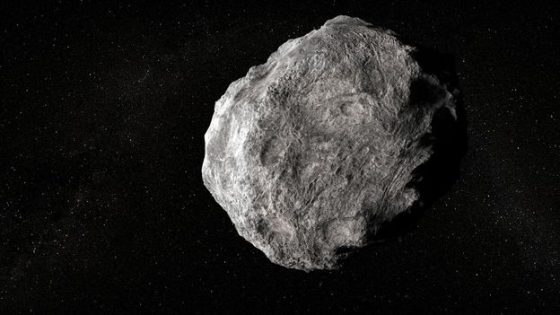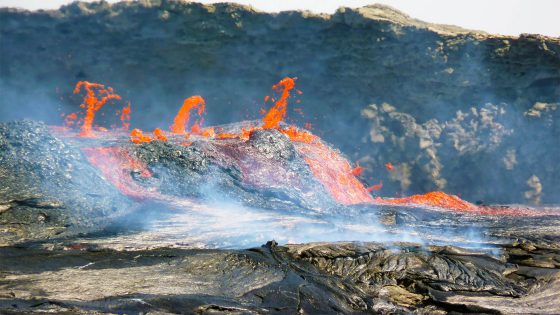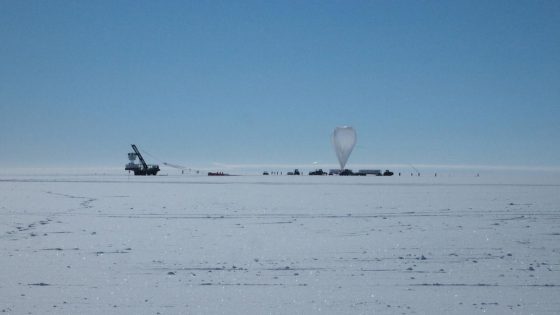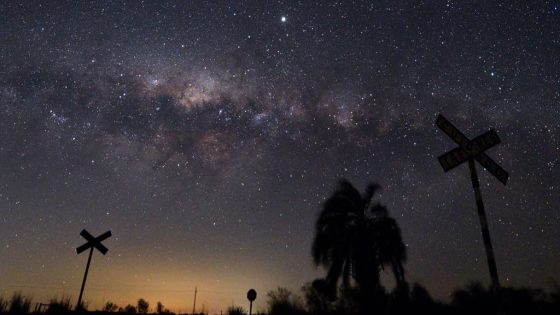Recent discoveries about dark comets have shed light on their intriguing origins and characteristics. These celestial objects, which may hold key insights about water’s arrival on Earth, are gaining attention in the scientific community. As noted on 2025-08-08 13:04:00, researchers are uncovering the complexities of these mysterious bodies.
- Dark comets split from spinning or impacts.
- Two types: outer and inner dark comets.
- Outer dark comets are larger, near Jupiter.
- Inner dark comets may be broken asteroids.
- Dark comets could explain Earth's water origins.
- Observations reveal brief cometary activity phases.
Dark comets, which can spin at astonishing rates, are believed to form when asteroids split apart, exposing their icy interiors. A study published in December 2024 suggests that there are two types of dark comets: larger outer ones originating near Jupiter and smaller inner ones with circular orbits similar to Earth’s. This raises questions about their formation and what they can reveal about our Solar System’s history.
Understanding the nature of dark comets prompts further inquiry into their role in our Solar System. Are they remnants of ancient celestial bodies, or do they represent a new class of objects? Consider these points:
- Dark comets spin rapidly, with some rotating every six minutes.
- They may be asteroids that have undergone fragmentation.
- Some could be dying comets nearing the end of their activity.
- Their icy composition might explain the origins of water on Earth.
As we continue to explore these fascinating objects, the potential for groundbreaking discoveries in planetary science remains high. Will dark comets unlock the secrets of our planet’s watery past?

































